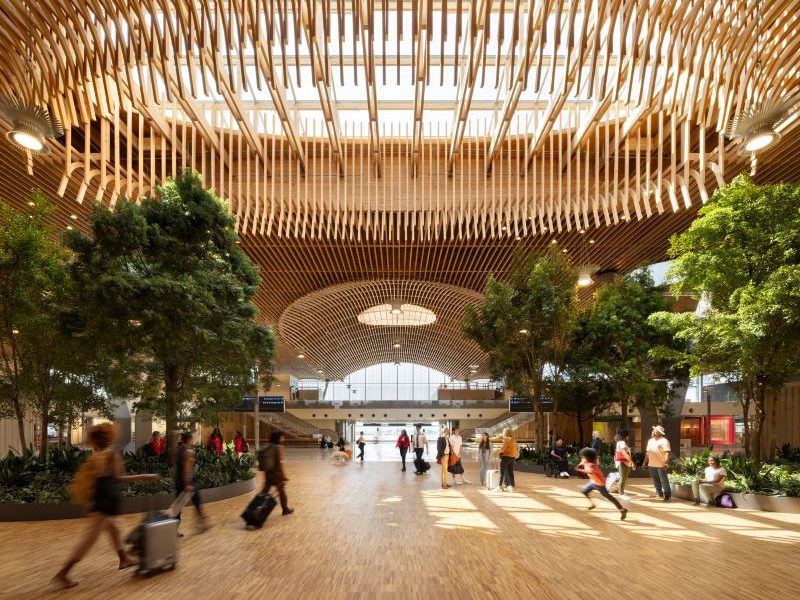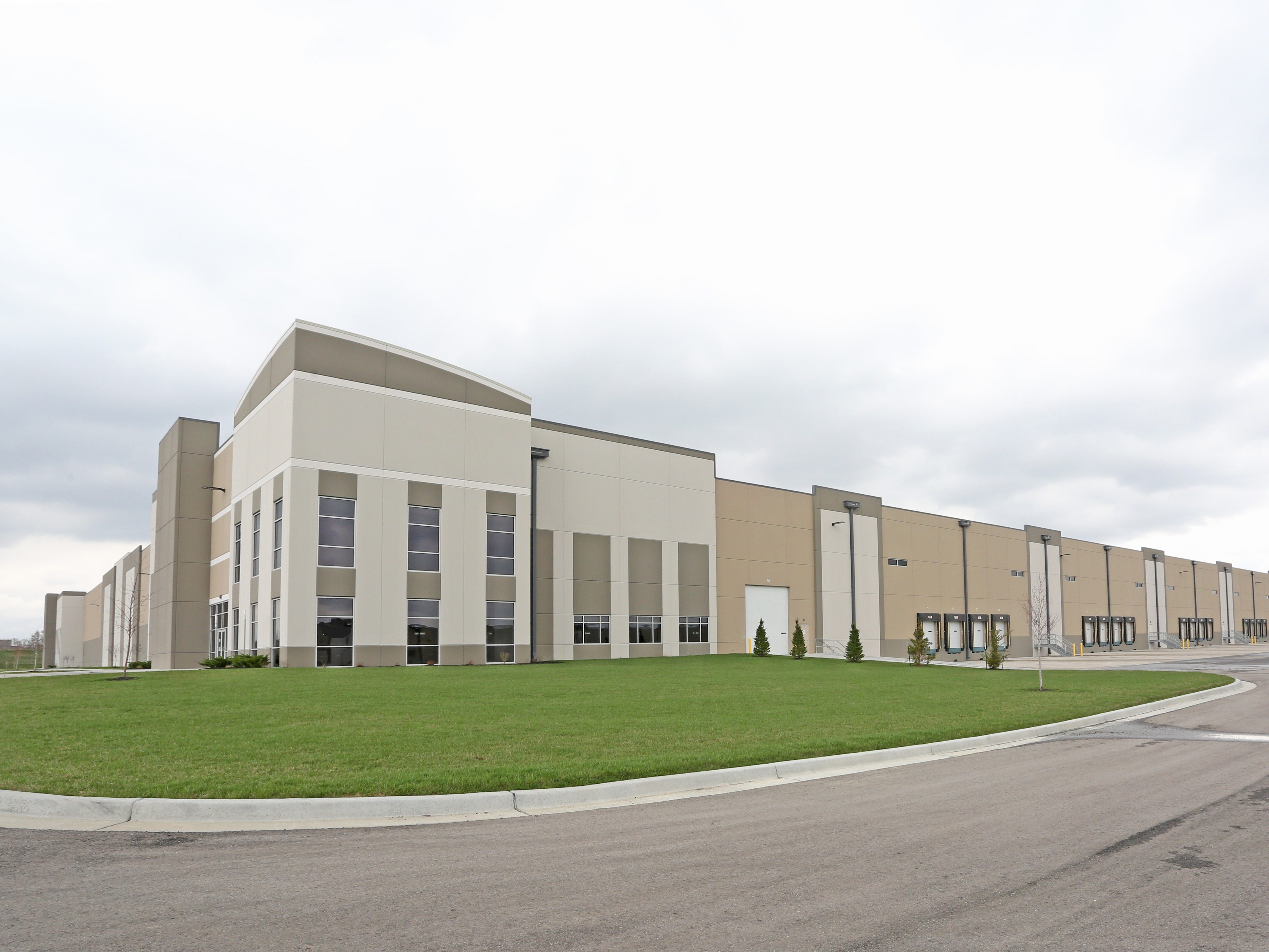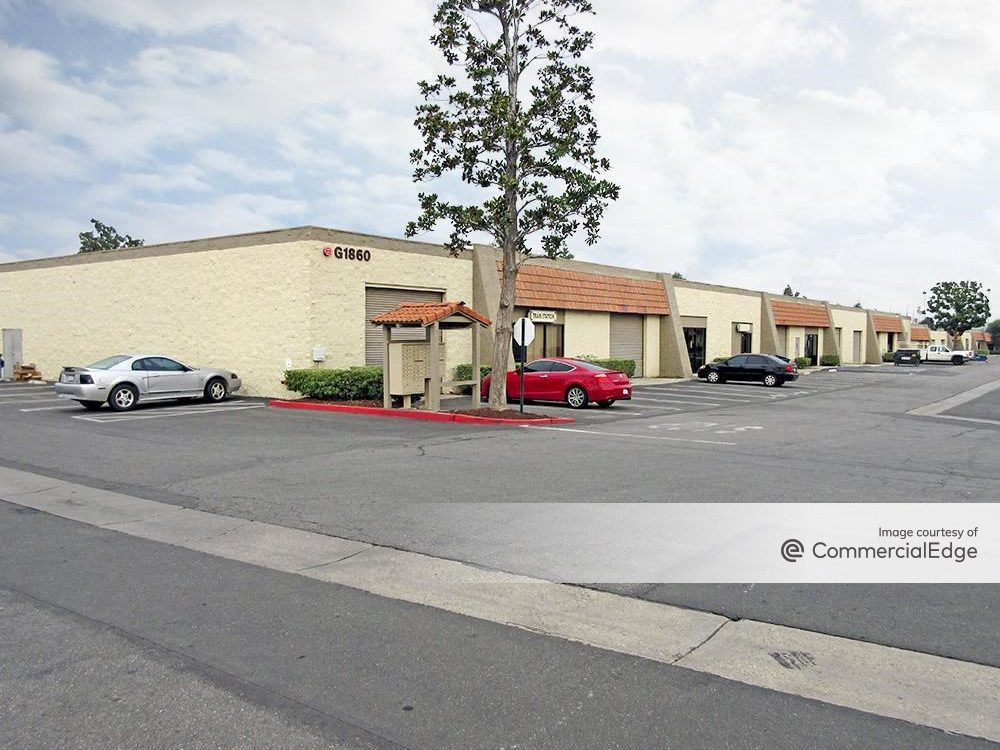Q&A: How Will the Manufacturing Investment Boom Impact Industrial CRE?
Two Newmark experts pinpoint growth hotspots and touch on the industrial sector’s vulnerabilities.

The U.S.’ push to reestablish manufacturing and supply chains is in full swing. From semiconductors to EV battery and biotech/pharma manufacturers, massive investments continue to be announced. Since the CHIPS and Science act passed in 2022, hundreds of billions have been committed to be deployed across the country over the next decade.
A Newmark three-part research series—of which two have already been published—explores the multifaceted impact this push is having across the nation. So we asked two of the specialists behind this research—Managing Director of National Industrial Research Lisa DeNight and Head of Northeast Research & National Life Science Research Liz Berthelette—to expand on the short- and long-term effects of the current manufacturing momentum on industrial real estate.
To what extent has industrial CRE demand in the U.S. shifted lately, considering ongoing nearshoring/reshoring efforts?
DeNight: Amid a broader macroeconomic landscape where industrial demand is normalizing following the historic demand and development highs of the pandemic, there are interesting trends taking place as it relates to demand for logistics and manufacturing space. In terms of leasing demand, manufacturing has supplanted the formerly reigning 3PL/logistics sector as the top leasing driver in the fourth quarter of 2023, due to some notably large leases that hit toward the end of last year.
Development trends are also illuminating. The manufacturing sector represented a little less than 20 percent of the overall industrial development pipeline, but by the end of 2023, manufacturing development grew to a decades-long record high. Manufacturing starts are expected to increase further in 2024, occurring while logistics development wanes. On the flip side, warehouse and distribution overwhelmingly dominates the development pipeline, but in terms of absolute volume, this sector fell 40 percent year-over-year.
READ ALSO: How AI is Boosting the Data Center Market
Your reports break down investments into four different categories. How are each of these subsectors influencing industrial CRE? Is demand significantly distinguishable and trackable across geographies?
DeNight: Assessing property needs through the lens of size and pure square footage, the automotive/transportation and high-tech/digitalization sectors are the largest of the four growth drivers. The automotive sector is most likely to manifest in an existing manufacturing ecosystem—for example, the aptly-named Battery Belt, which refers to clusters of emerging EV factory development in Michigan, Indiana and Ohio, down to Kentucky and across Tennessee, Georgia and the Carolinas.
Biomanufacturing demand tends to concentrate in lower-cost areas near established life science clusters. The energy sector drives co-location for efficiency and—while widespread across the country—is driving a lot of leasing volume from smaller-stage firms in markets like the Bay Area, close to top talent and R&D.
All these categories seek regions with strong incentives, deep labor pools and affordable energy, and they are all being supported by massive federal investment to help fuel domestic growth.
How have property values, along with industrial rents, evolved in relation with these massive investments?
DeNight: The U.S. industrial market has had a meteoric rise over the past few years, supported by global instability and federal resources. The federally subsidized consumption that occurred during the pandemic is now shifting to federally subsidized manufacturing ascendency, with ongoing unpredictability in the global supply chain only serving to further drive long-term demand for U.S. industrial space.
Although the market has normalized from the peak of the pandemic, industrial is the only commercial real estate sector for which a range of benchmarks show significant value gains since 2019. Though rent growth will moderate in 2024, average industrial rents have grown nearly 50 percent over 2019 measures.
Midwestern and Southeastern markets have seen some of the largest levels of investment related to manufacturing. How have industrial absorption levels in these regions evolved? Are developers able to keep up with demand?
DeNight: Of the markets that demonstrated the greatest demand in 2023—both in terms of absolute absorption volume and as a share of existing inventory—seven out of 10 were Southeastern or Midwestern markets. Within the logistics space, developers have reacted to demand with proliferating development; with this in mind, many of these same regional markets also boast the largest development pipelines.
Specialized manufacturing development most often requires reacting to the speed of build-to-suit construction which, generally speaking, often moves faster through approvals and active development timelines in the Southeast than in high-barrier-to-entry markets.
Could you give us some examples of manufacturing developments in these high-growth regions that have had a significant impact on their local industrial CRE markets?

Berthelette: Recently announced manufacturing facilities are in various stages of development, with most projects having not yet started construction. The ‘multiplier effect’ throughout local industrial markets is producing real, tangible results, but varies across projects.
The automotive/transportation sector, which features extensive supply chains, is poised to drive the most additional industrial demand. Many projects are landing in regions with established auto ecosystems, though not necessarily for new EV technologies. Two major facilities that completed construction in the Texas Triangle illustrate the potential effect of development on adjacent industrial demand. Following Tesla’s Gigafactory and Navistar’s commercial EV truck facility opening up in 2022, at least 3 million square feet of attributable industrial absorption from firms siting near these plants has occurred in the region.
Are there any other markets or regions in the U.S. where you expect the same level of growth?
Berthelette: The regions poised to benefit most from ascendancy in advanced manufacturing investments and related ancillary growth are predominantly secondary and tertiary metros with strong proximity to major markets. These regions also commonly boast connectivity to a manufacturing ecosystem, allowing access to above-average levels of preexisting advanced manufacturing talent, relatively lower energy costs, abundant affordable land, and a stronger concentration of manufacturing space than the norm.
Markets where public-private partnerships are focused on scalability—i.e. have power capacity and transmission solved—can provide shovel-ready sites and are strategic on workforce development, will also have an edge going forward.
To what extent do you expect speculative industrial development to be impacted by these investments in manufacturing?
Berthelette: Most emerging facilities will be owner-occupied or build-to-suit. While speculative construction has been historically limited, the growing demand for leasable manufacturing space is changing this landscape. This shift is particularly notable among early-stage companies not yet in mass production. Scalable, campus-based projects with careful consideration of design, zoning and utilities may increasingly enter the pipeline, either as fully speculative initiatives, projects later customized for occupants, or even as shovel-ready sites.
READ ALSO: ULI Economic Forecast—Tailwinds, Hurdles or Both?
Job growth in the automotive/transportation and biomanufacturing sectors was strong before the push to reshore manufacturing, but there are sectors that are lagging. How do you see these dynamics evolve, and what could contribute to closing the gap?
Berthelette: Labor availability is critical for emerging manufacturing hubs in the U.S. Increased public-private partnerships that focus on training programs, improving access to global talent, apprenticeships, vocational training, and educational grants will likely play a pivotal role in bridging the skills gap. Monetary incentives, such as sign-on bonuses and paid relocation expenses, have also been noted as tools manufacturers can use to attract talent to new and emerging markets. Investing in automation technologies will further assist manufacturers in adapting to talent scarcity, helping to boost productivity per worker.
Another concern is related to the availability of sustainable energy capacity. How is this issue tackled by companies in the sector?
Berthelette: Power, sustainable or otherwise, is a key constraint for manufacturing growth. Across the country, there is a heightened focus on timing to deliver sustainable energy. With lots of competing heavy power use cases, a panorama of stakeholders across the power, real estate and manufacturing markets are working to not just bridge the gap between immediate power needs and supply but also work to solve for renewable power in the long term.
In the short term, there are a lot of different solutions. Some major industrial developers working with manufacturers on build-to-suits are significant generators of renewable energy. In other instances, some companies are building or folding in renewable power sources, such as solar projects, at scale with their manufacturing facilities.







You must be logged in to post a comment.